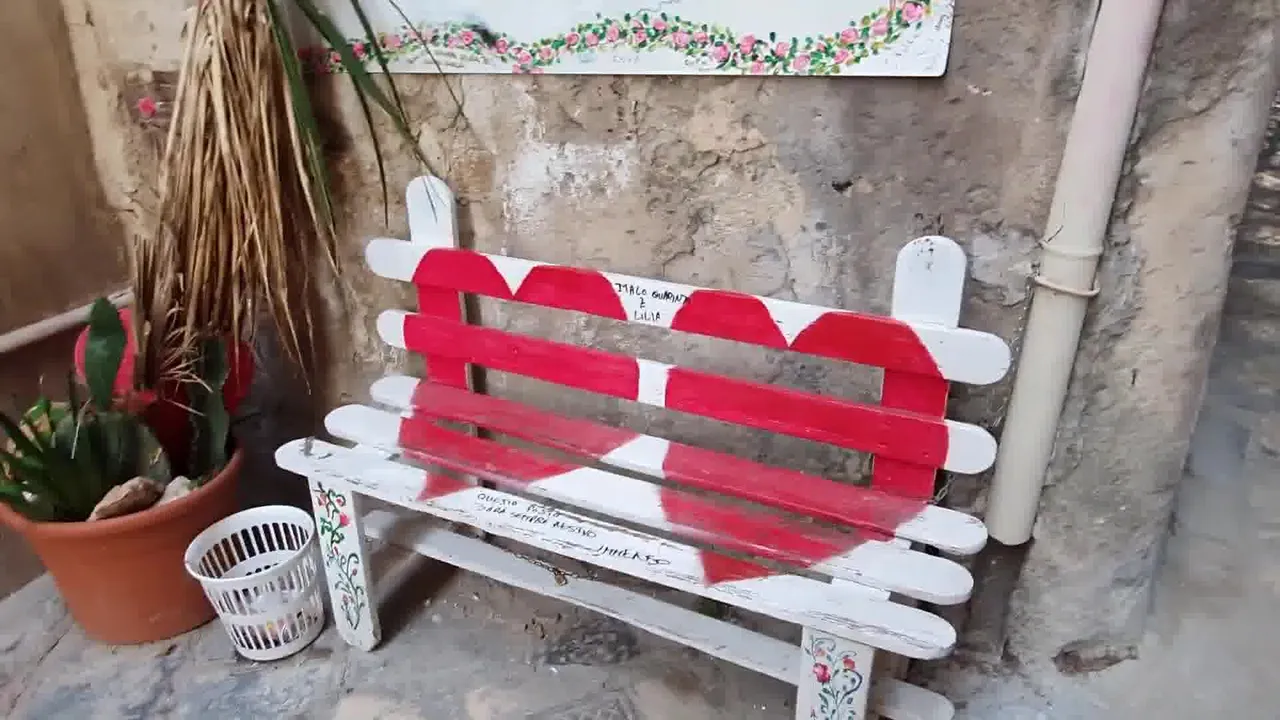
Hello everyone. After visiting Martina Franca, we stopped by Taranto. The highway from Porto Cesareo, where we enjoyed the sea and beach for three days, to Basilicata runs through Taranto.
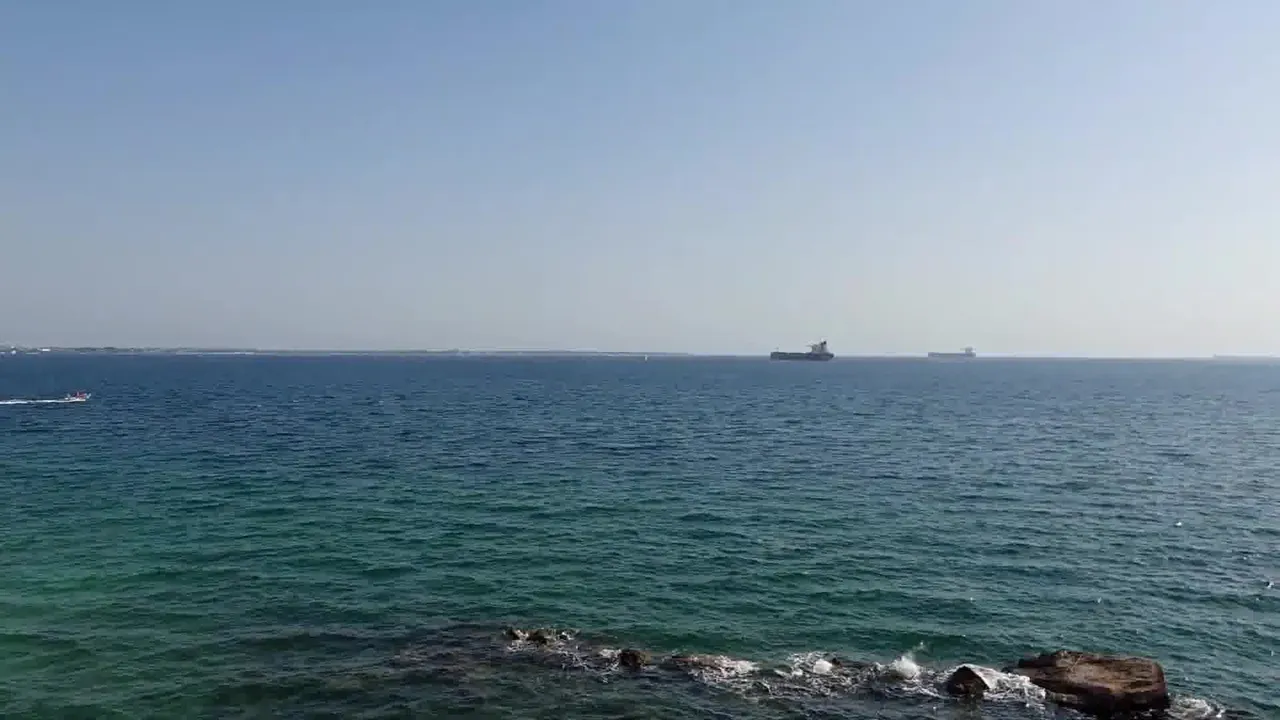
Taranto is a coastal city in the Apulia region of Italy, the capital of the province with the same name and one of Italy's important commercial ports. It is also the country's main naval base and the third-largest city in southern Italy. Taranto has a population of about 200,000 and is home to well-developed steel foundries, oil refineries, military shipbuilding shipyards and food industry facilities. One of the city's major issues is thought to be environmental pollution.
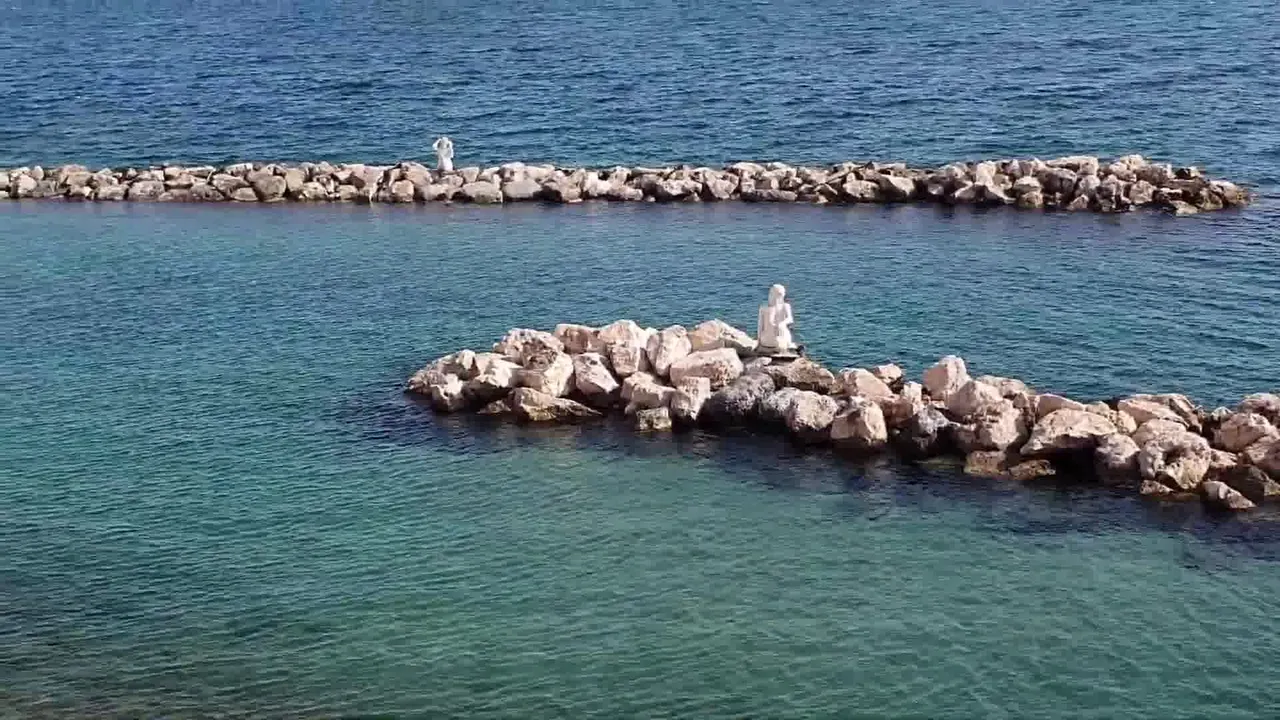
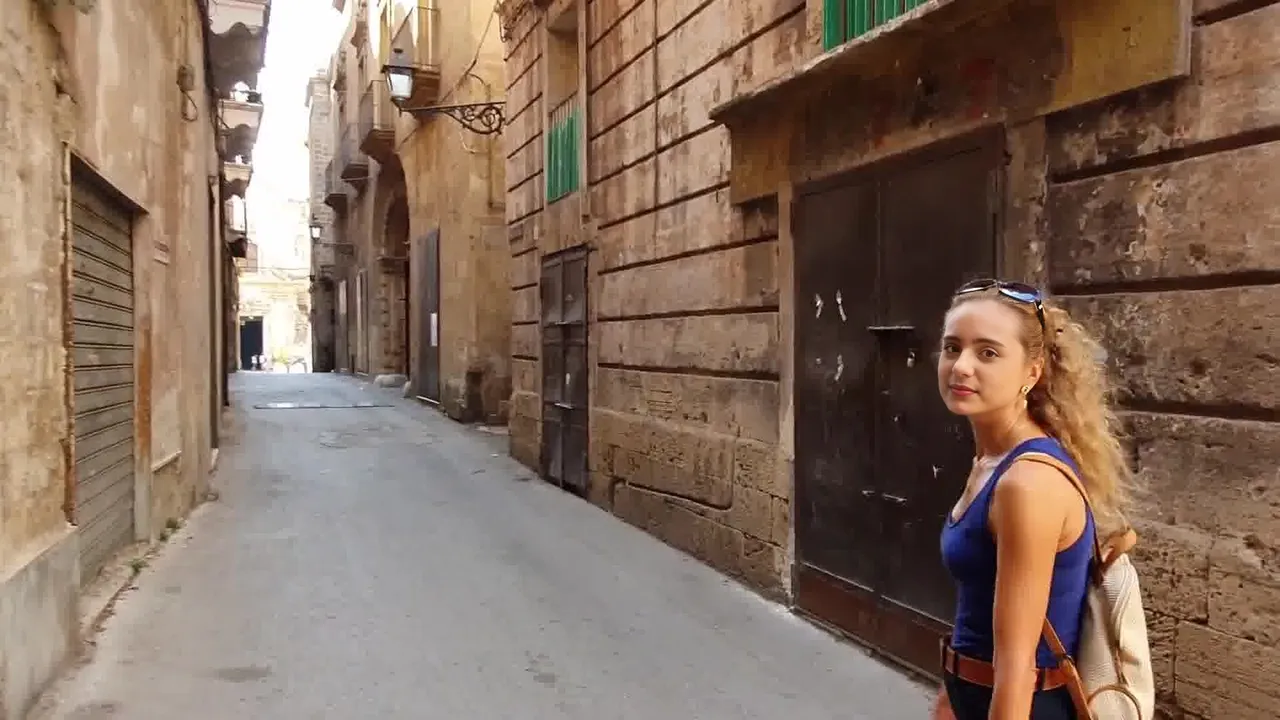
Taranto's notable feature is that it has a somewhat ancient look overall. You can find the authentic atmosphere of southern Italy here; it has a vibe similar to Naples, but Taranto is much cleaner. If you enjoy the rustic charm of southern towns, I suggest visiting here.
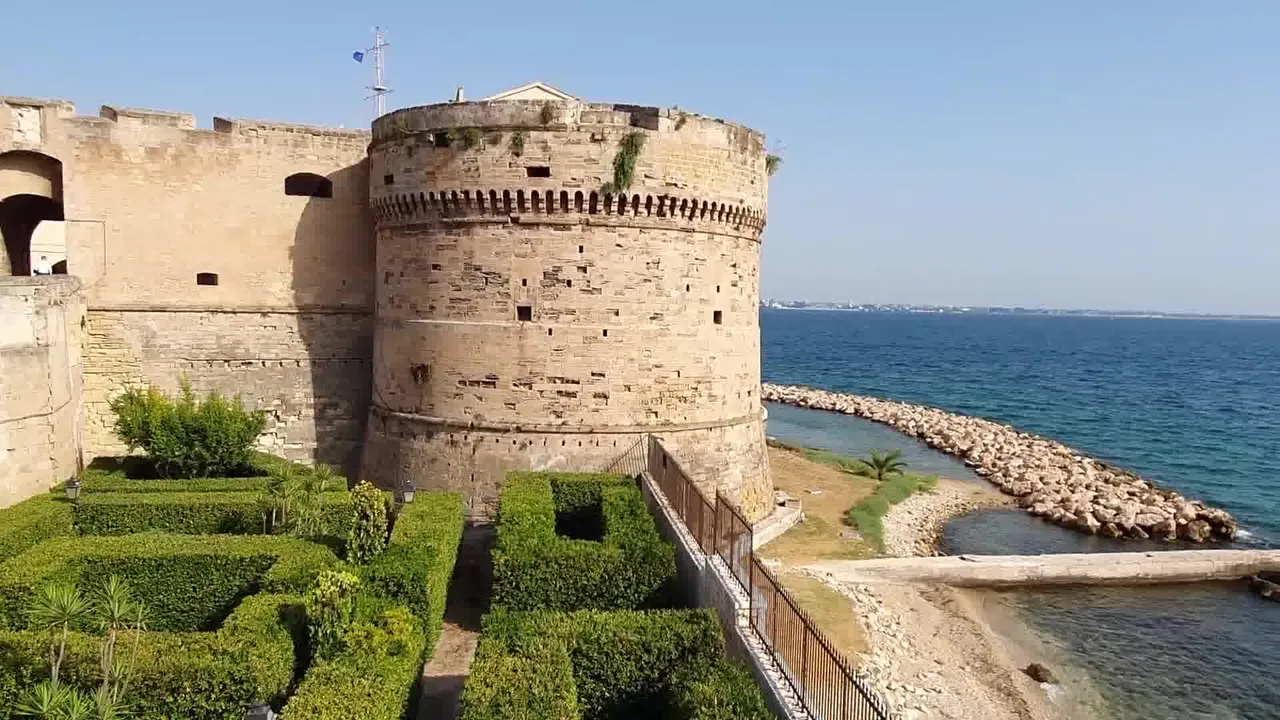
From the parking area, we headed toward the city center and onto Corso Vittorio Emanuele, one of the main streets. This street is several kilometers long and leads to the Aragonese Castle, one of Taranto's primary attractions and the main site we wanted to visit. It's worth noting that Taranto has a unique geographical location. The city is built on a peninsula that separates the inner and outer harbors. The Aragonese Castle is located on this peninsula, connected to the city center by a bridge. This bridge was built in 1887 and links the smaller and larger bodies of water.

The Aragonese Castle was built in 916 to protect against Saracen and Venetian attacks and has been rebuilt several times. In 1481, the castle was expanded and new towers were added. The castle offers free guided tours run by military personnel. However, due to time constraints during our trip, we couldn't take the tour.

The historic city center is small and can be toured in about an hour. Three main streets run parallel, with a labyrinth of alleyways winding between them. Taranto's history dates back to 706 BC, when it was founded as the Greek colony of Taras, named after the son of the sea god Poseidon. The remnants of an ancient Temple of Poseidon are also located here. Modern Taranto has a typical southern Italian city vibe; it offers good shopping opportunities and has streets like Corso Umberto I with famous brands.
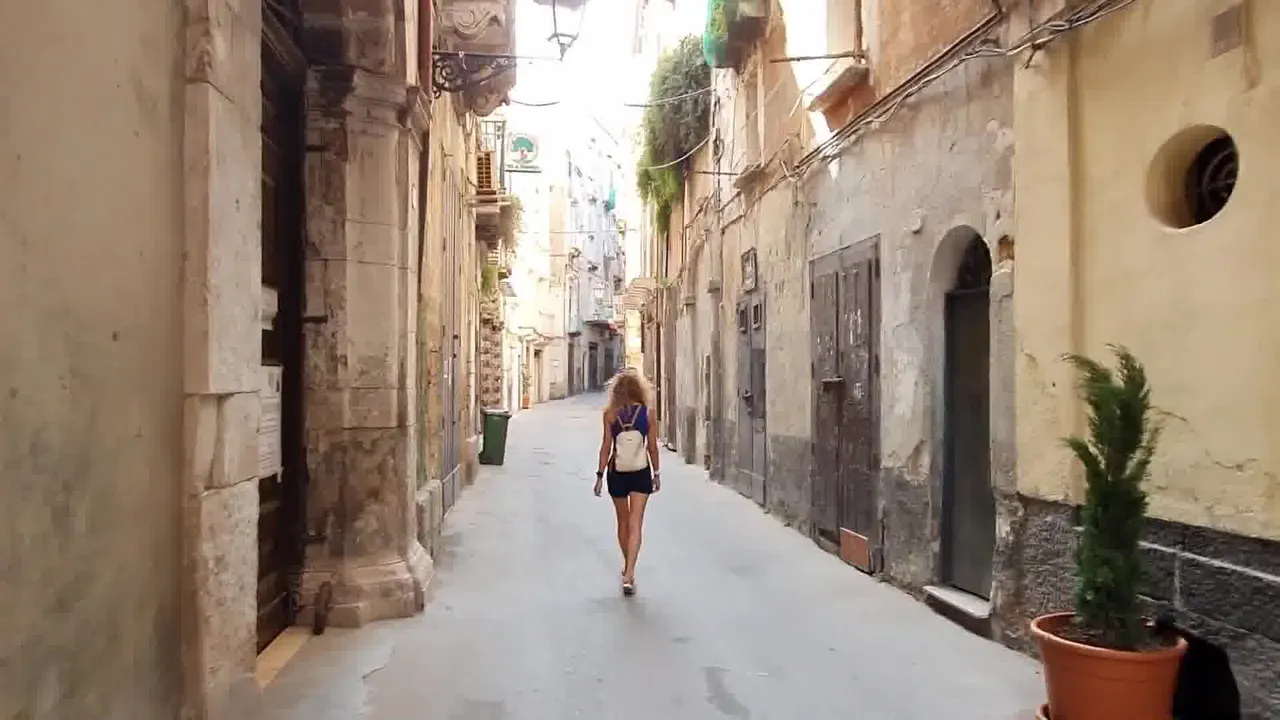
We passed by the house where Mario Pasquale Costa was born. It was interesting to read that the famous Italian composer was born in this house on July 24, 1858 and expressed himself in the musical motifs of the story of Pierrot, the exuberance of Fracassa and the melodies born from the poetry of the people. Seeing the house of the artist who dealt with themes of love and homesickness in his creative work was quite intriguing.

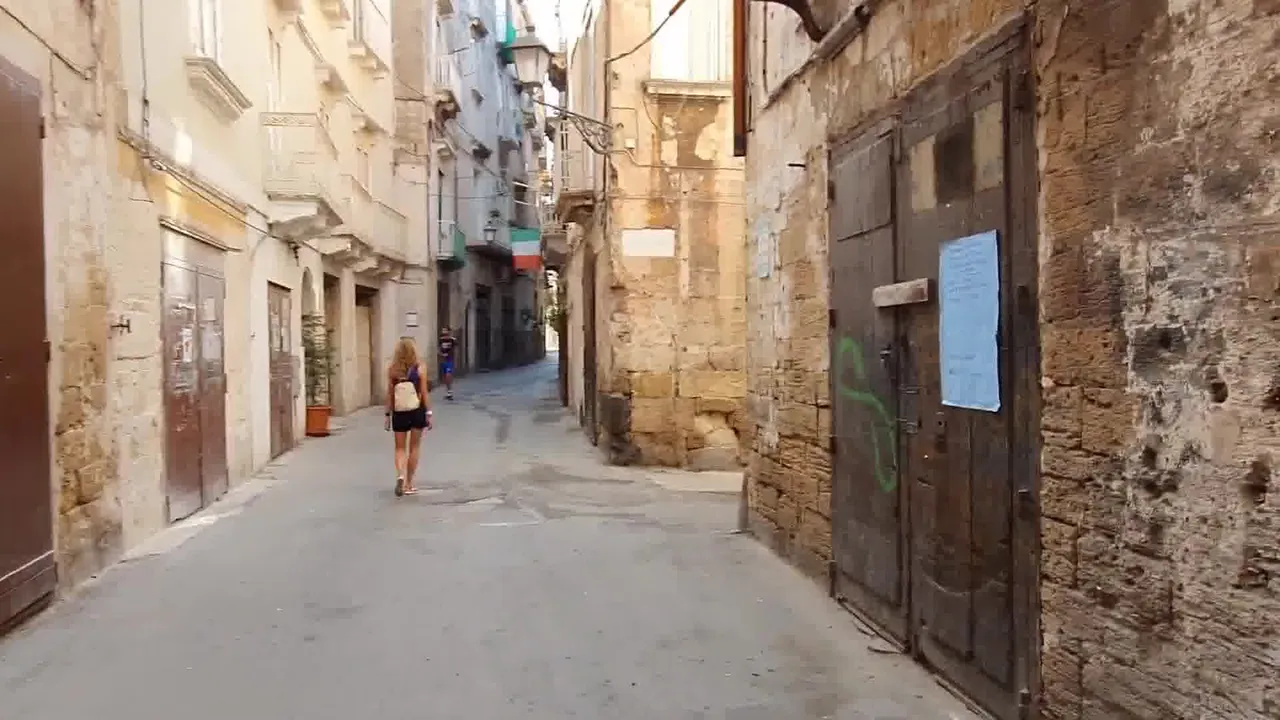
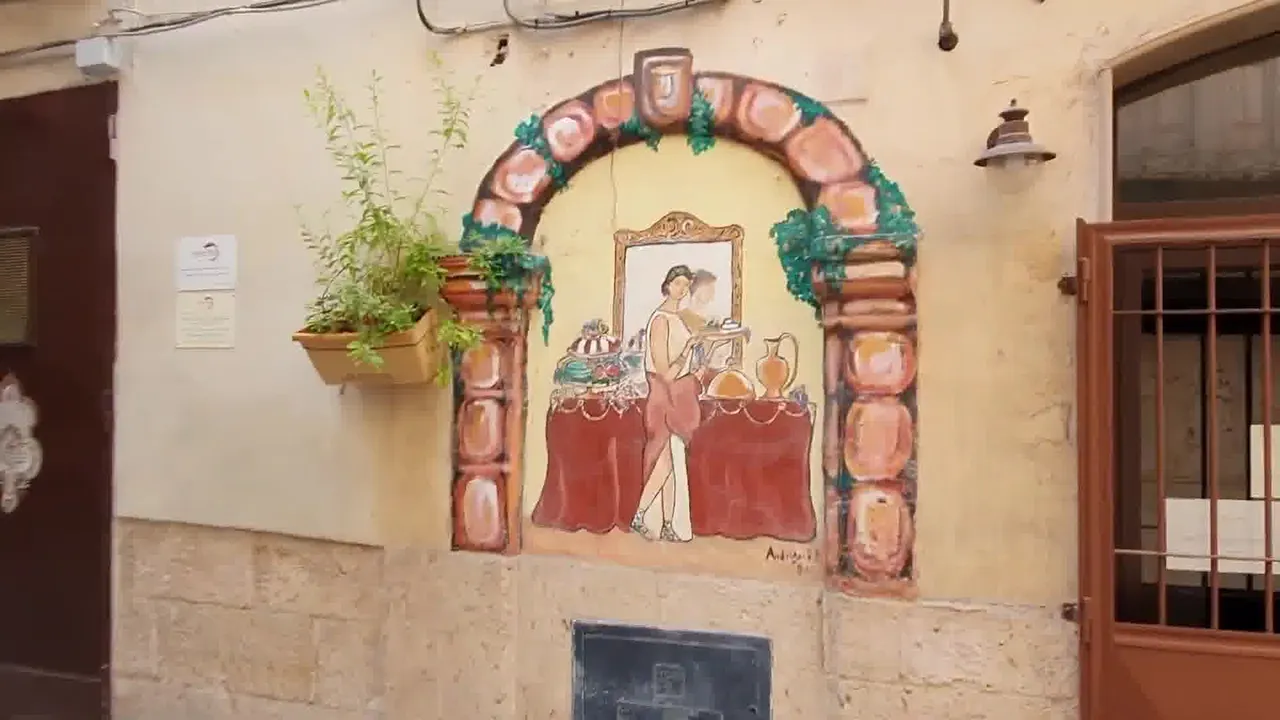
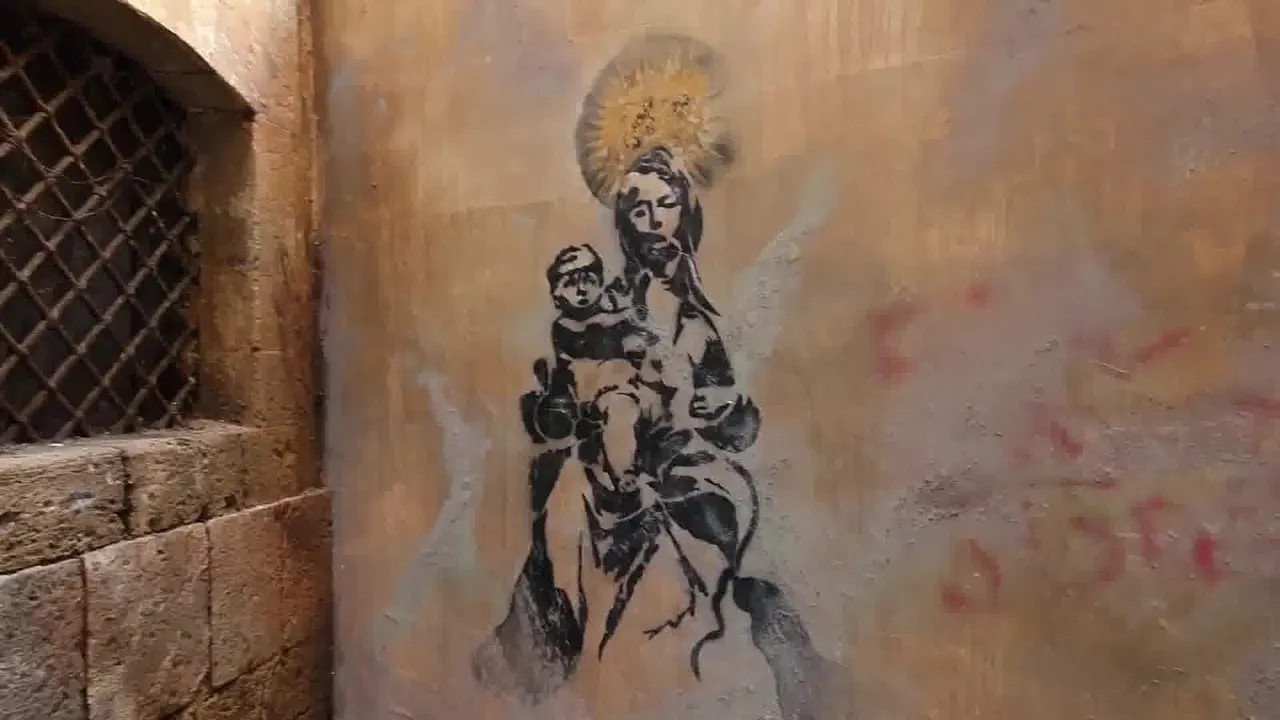
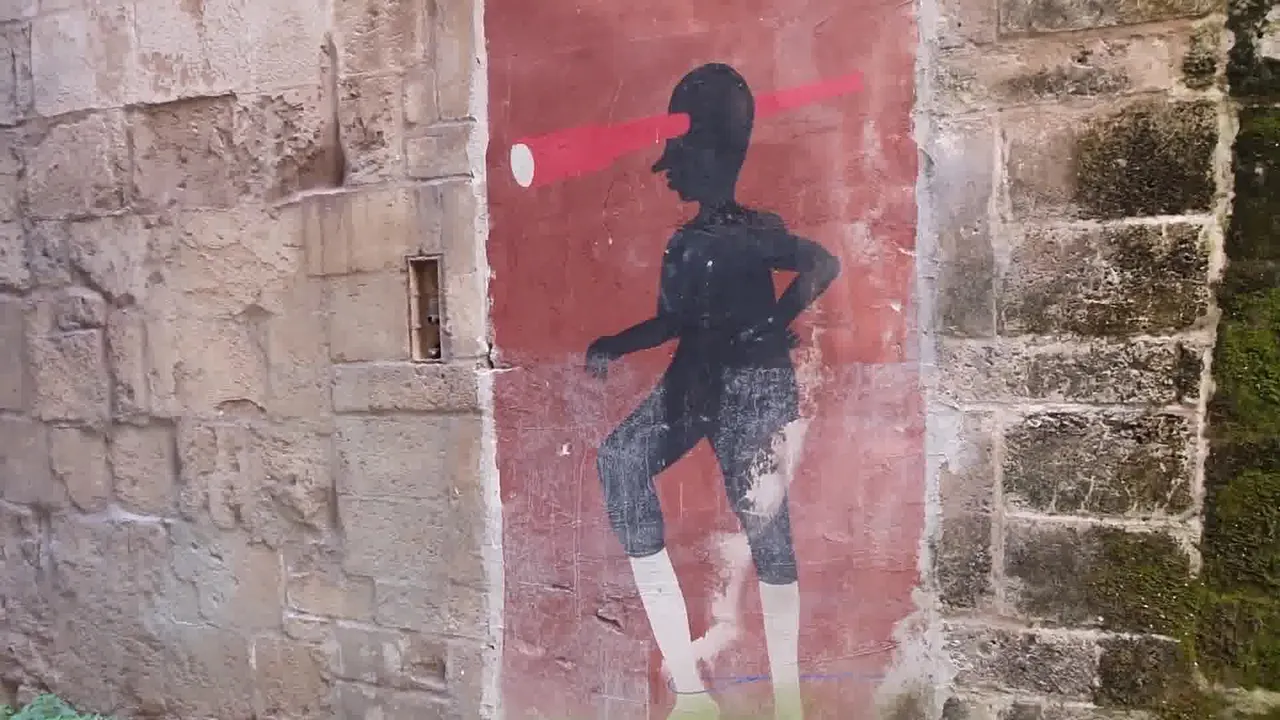
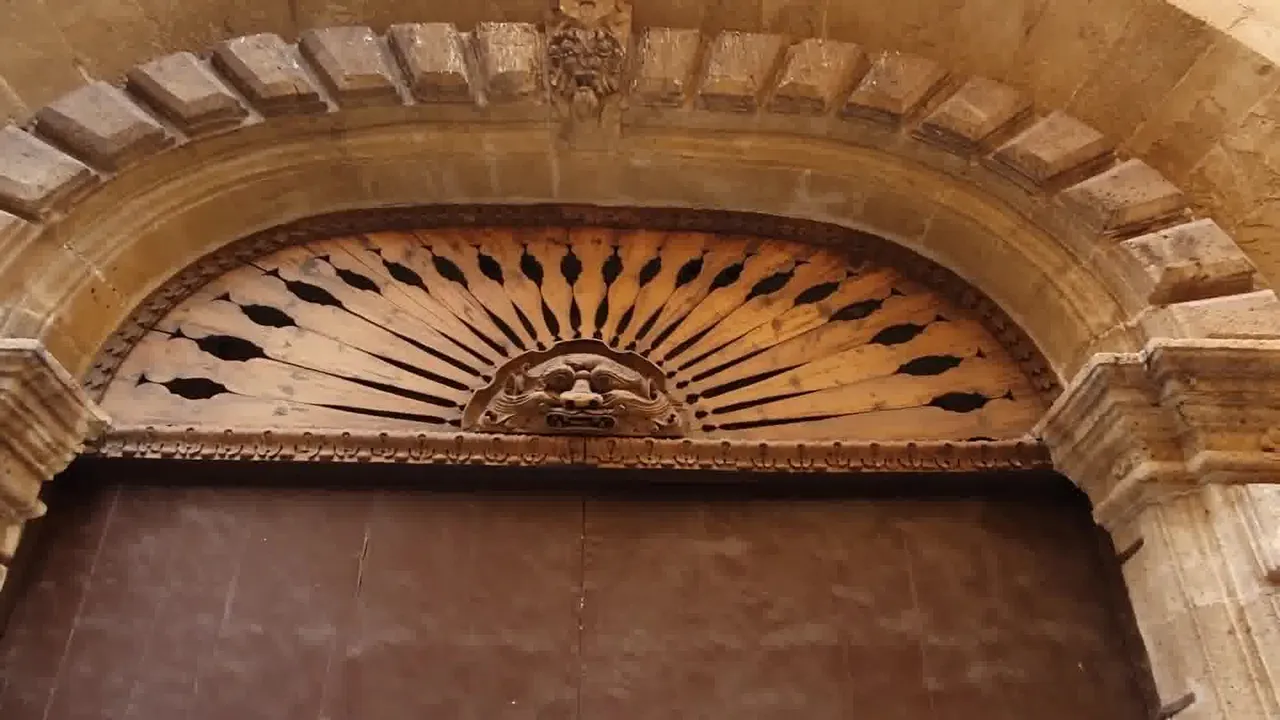
We visited the Cathedral of San Cataldo. It is a remarkable example of Romanesque architecture with its large twin towers and domed roof. It was built by the Normans in 1096 and features Western Romanesque elements, Byzantine brickwork and hierarchical design elements that left us impressed.

The cathedral is one of the major landmarks in the old city. It is located in a small square and looks quite ordinary from the outside. But, like cars that seem bigger on the inside, this cathedral surprises you once you step in.
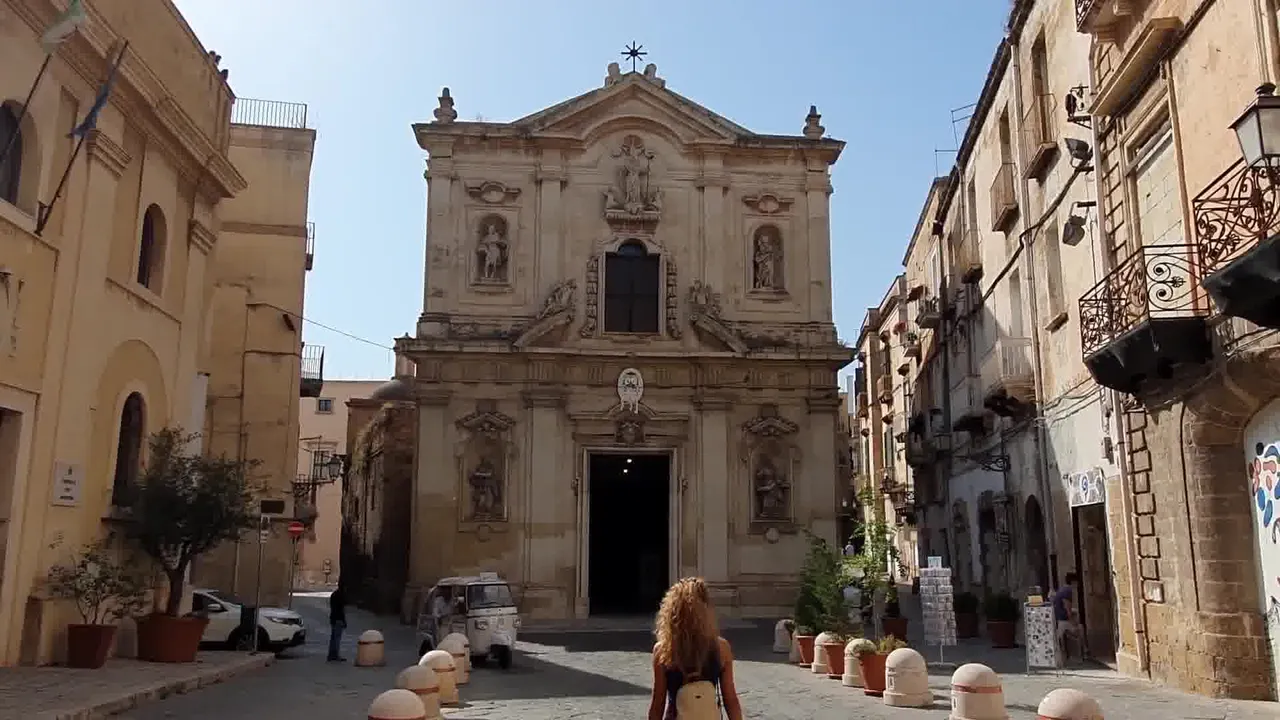
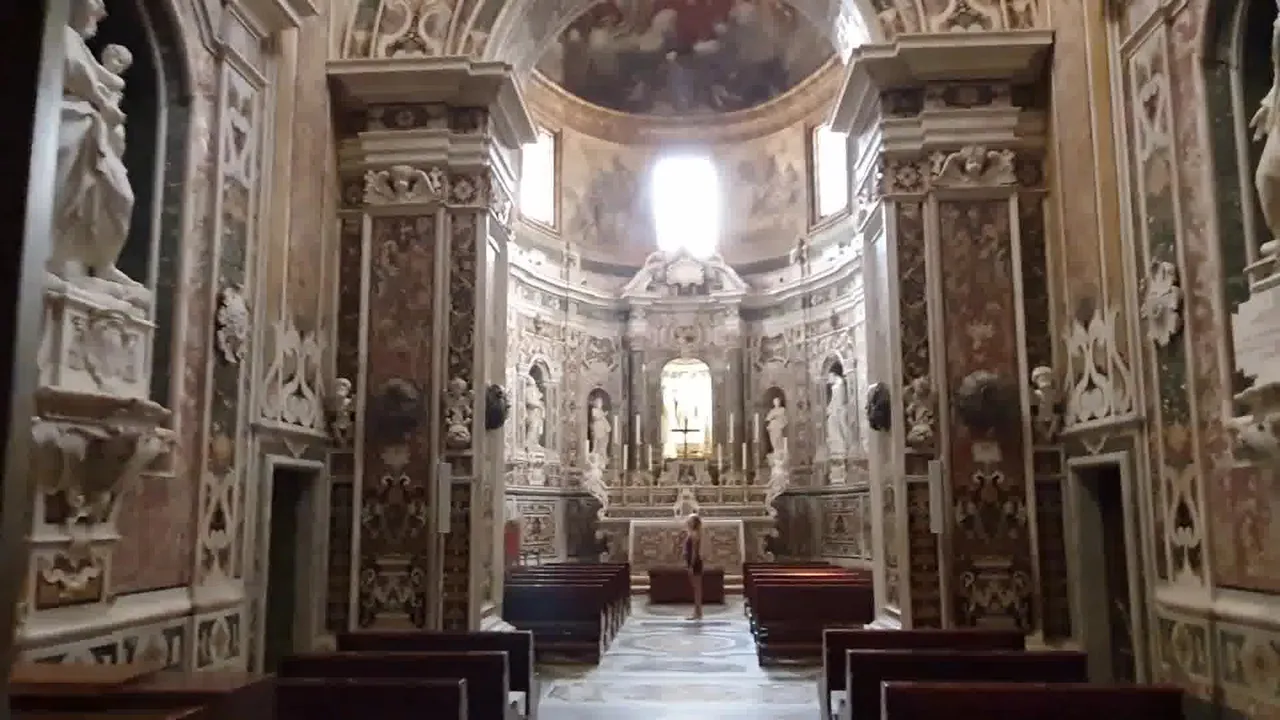
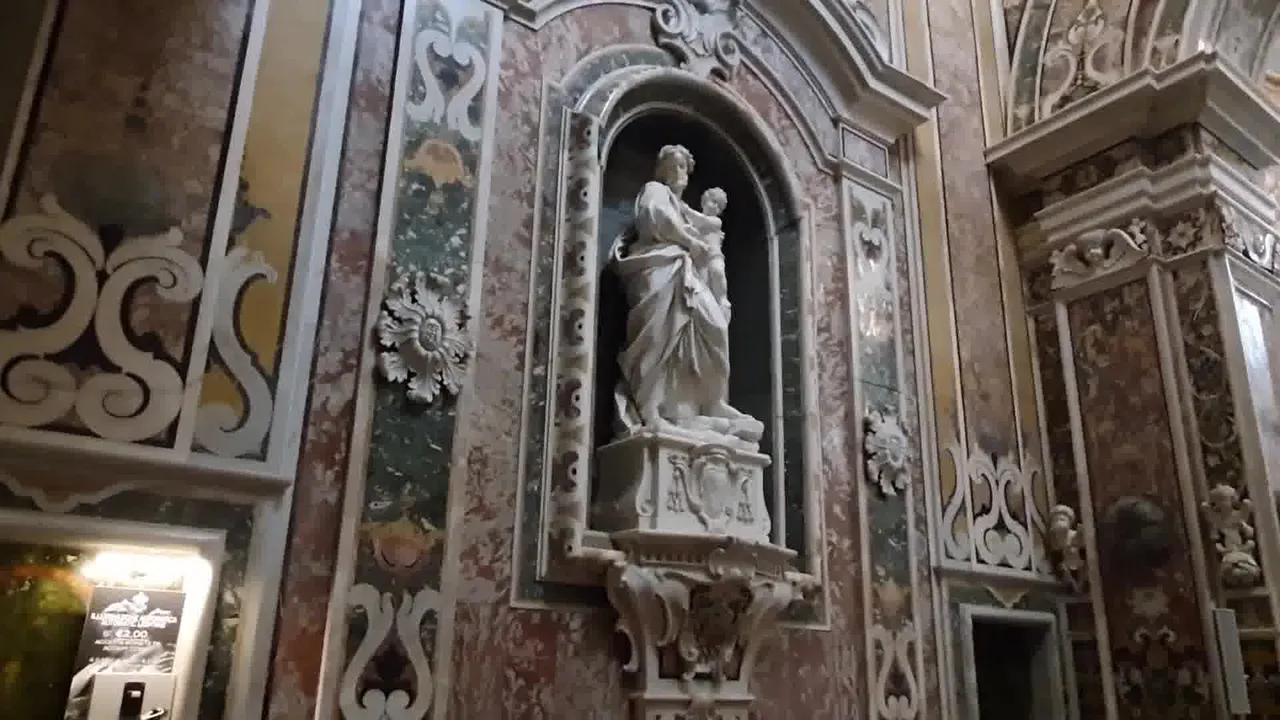
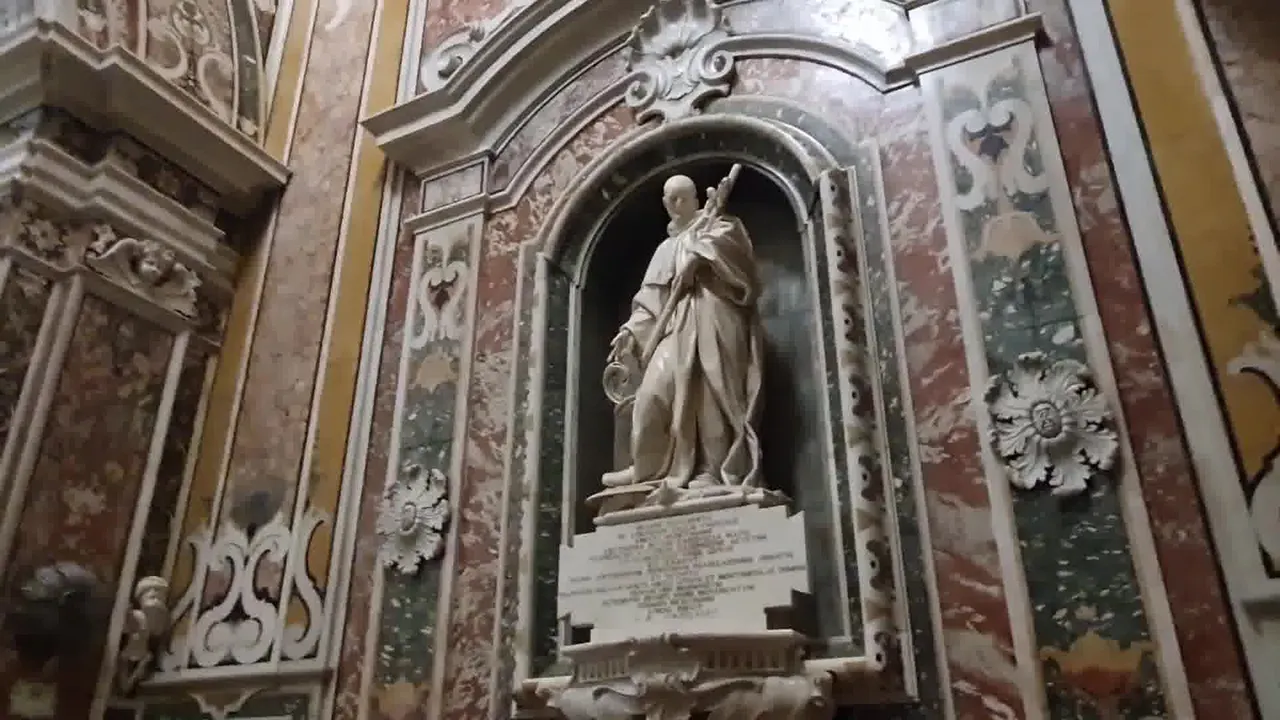
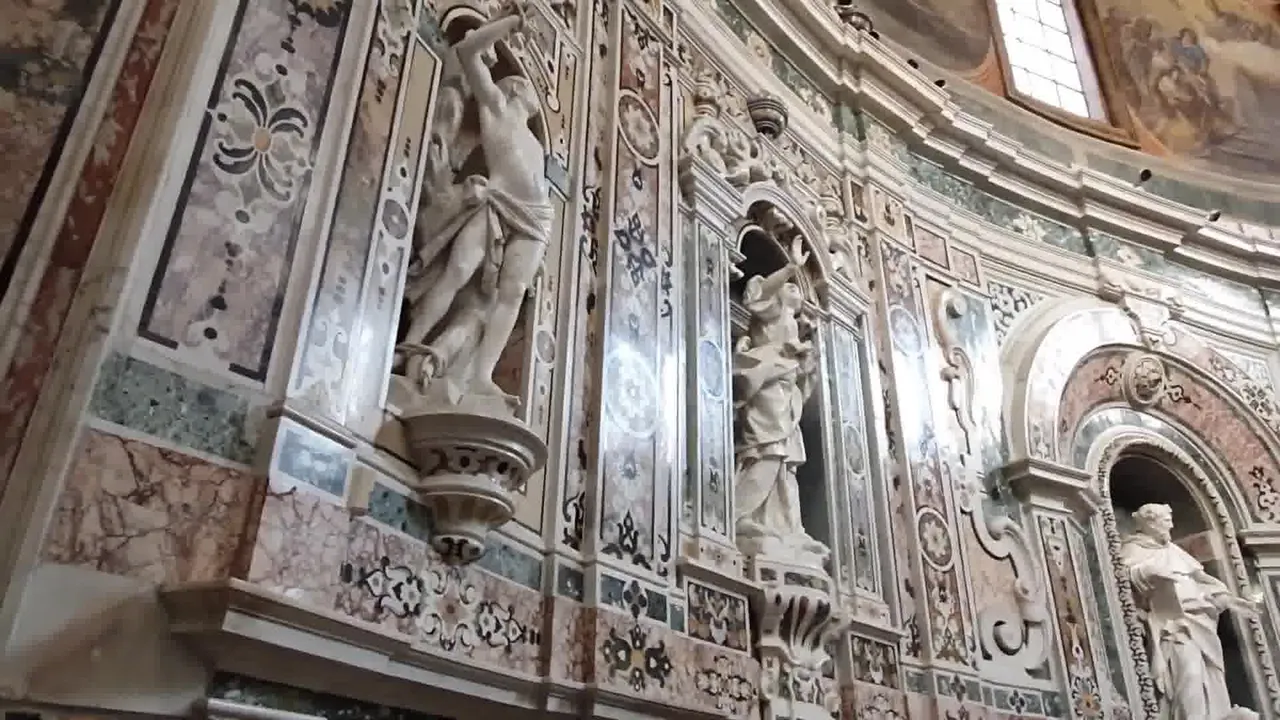
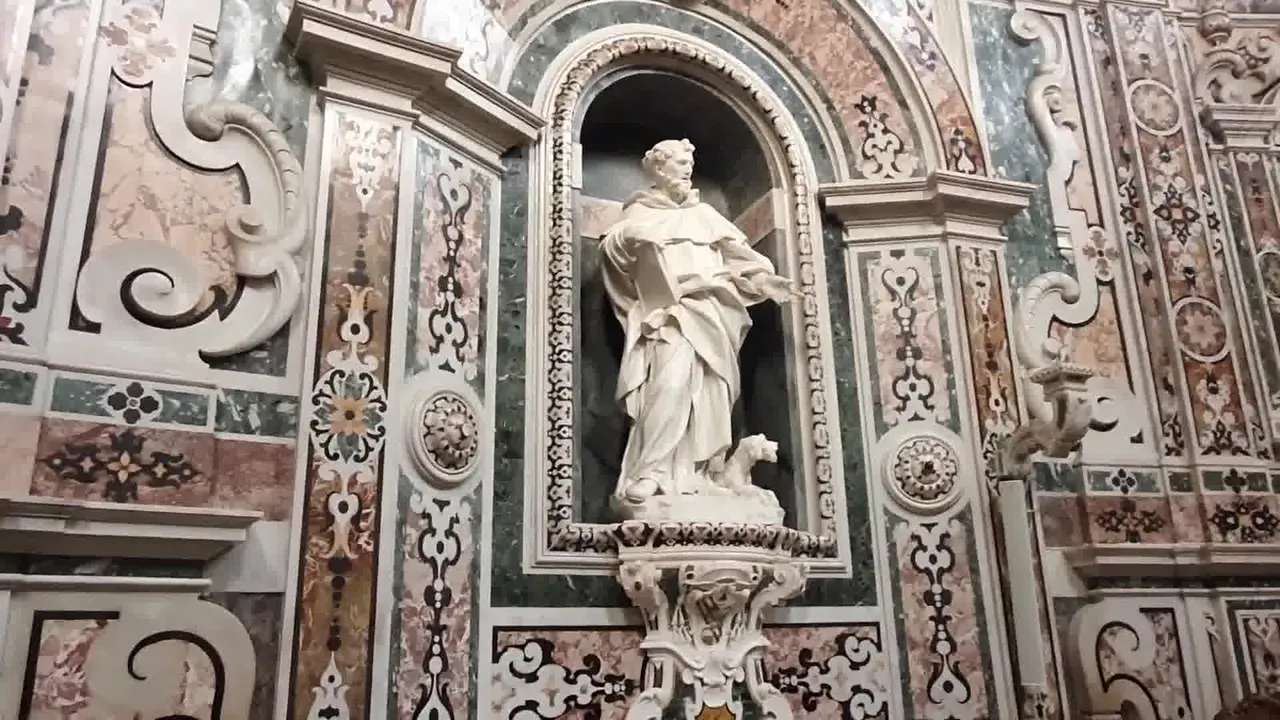
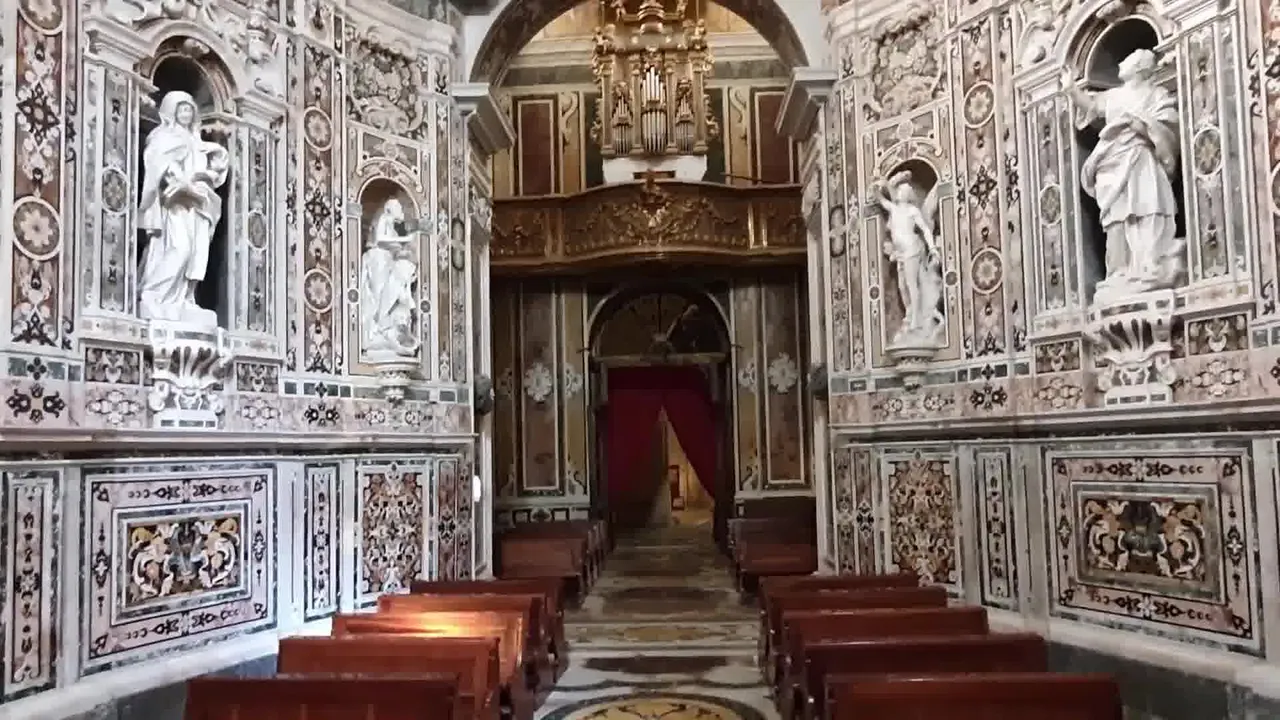
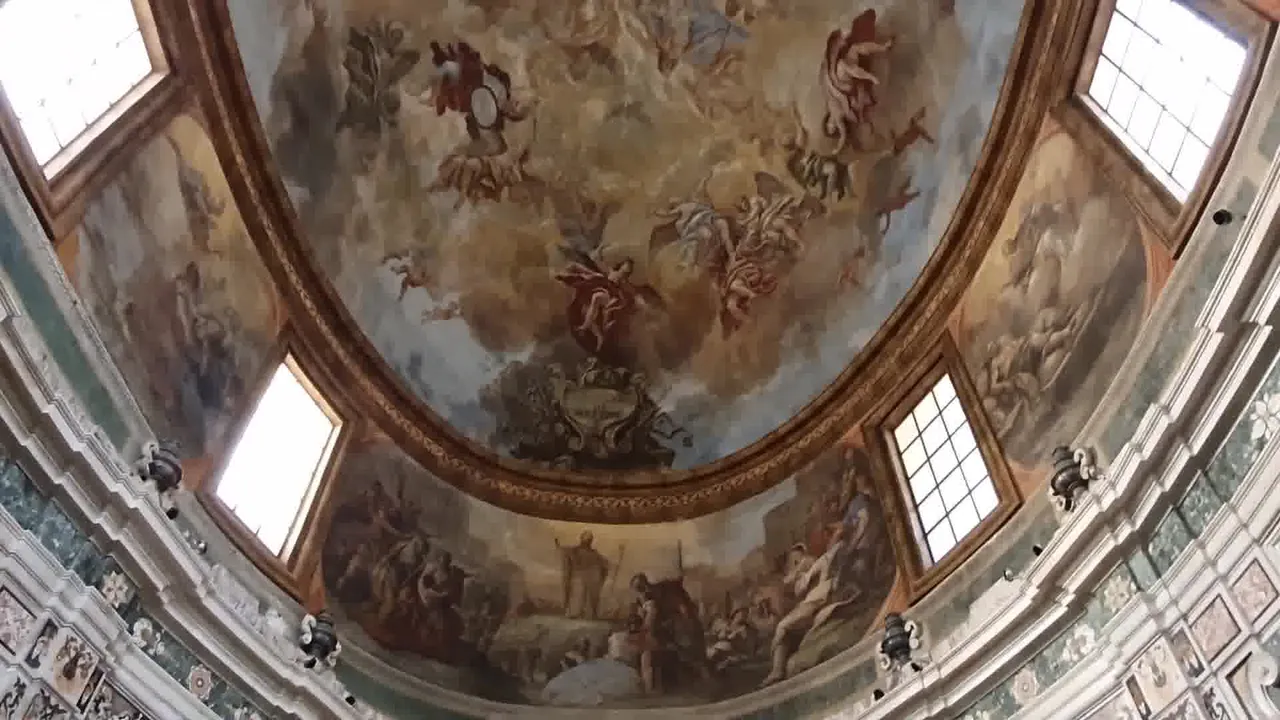
The cathedral's bell tower was built in the 12th century and was rebuilt in its current form after suffering damage from bombings during World War II.
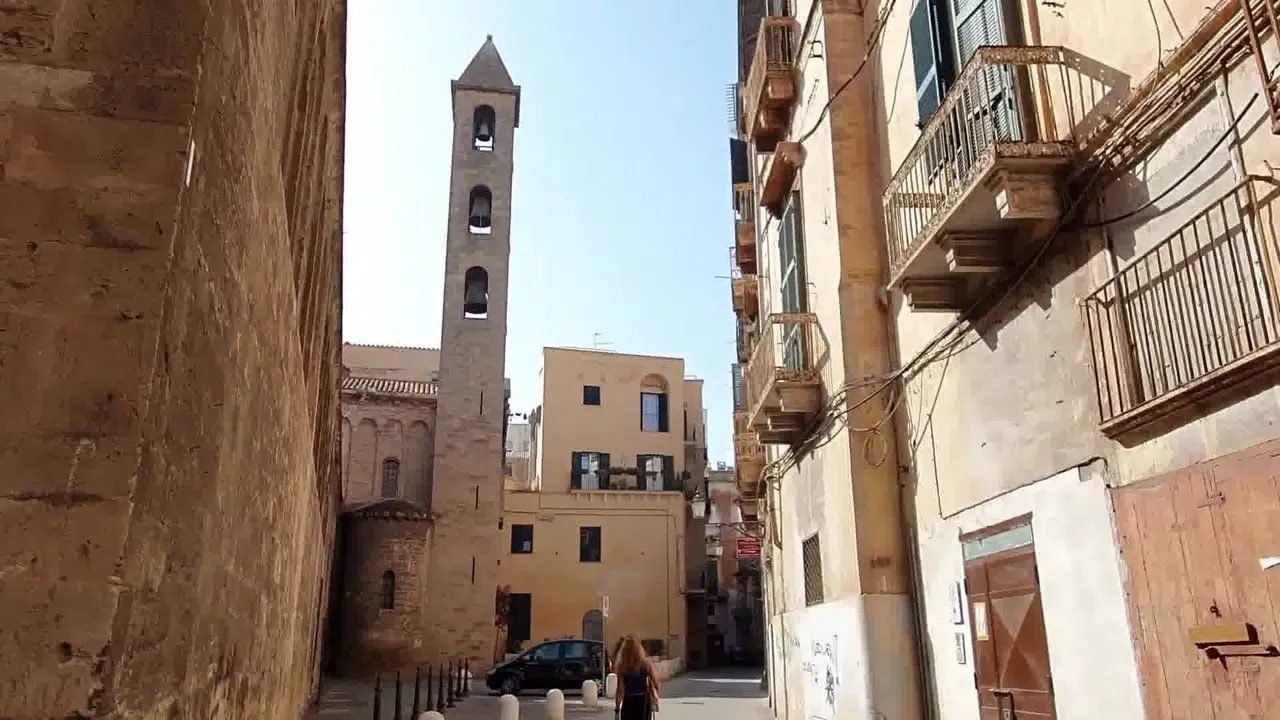
Finally, we visited the Aragonese Castle in Barletta, where we went after Taranto. This castle was built by the Normans in the 12th century and has been reconstructed many times over the centuries.
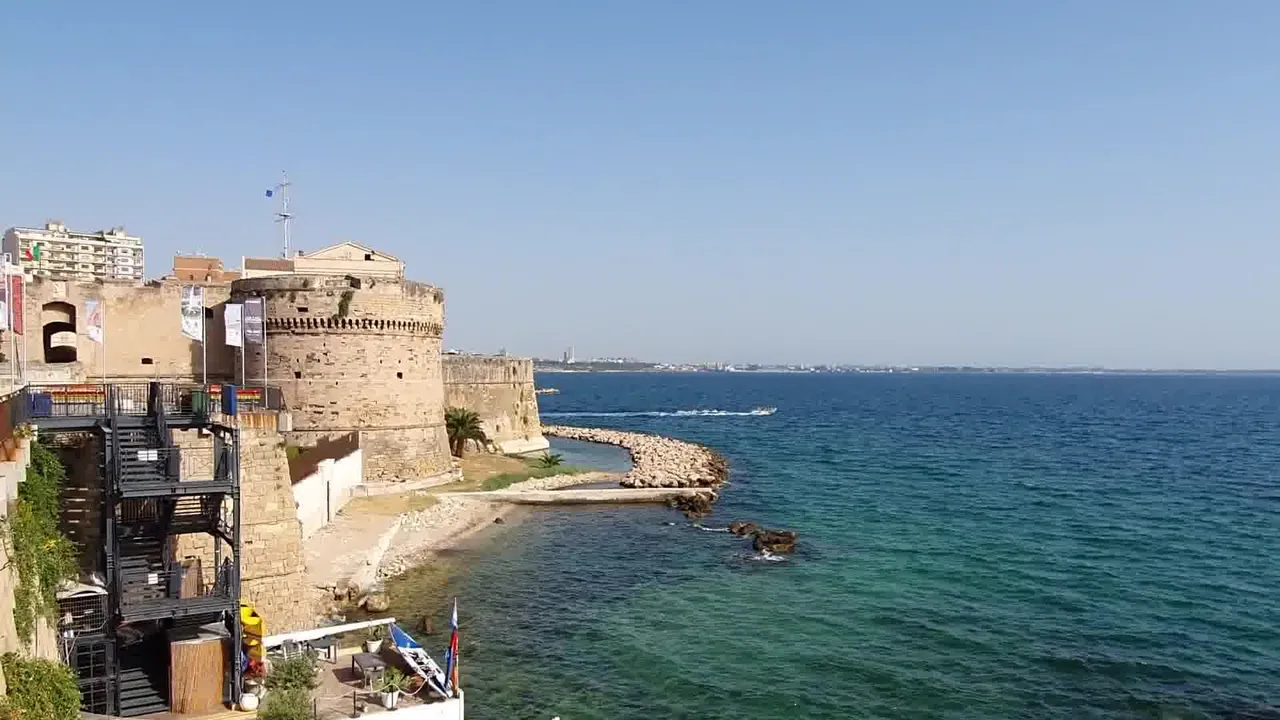
The city is quite beautiful and less frequented by tourists, making it a calm place to visit, which I recommend.
